
Which fuse controls the speedometer
Content
Is your speedometer not working? Do you suspect that the sensor fuse is the source of the problem?
If you don't know which fuse controls your car's speedometer, you have nothing to worry about.
In this guide, we will discuss everything you need to know about the speedometer fuse.
We will explain which fuse controls the sensor, where to find it, and what to do if it stops working.
Let's get down to business.
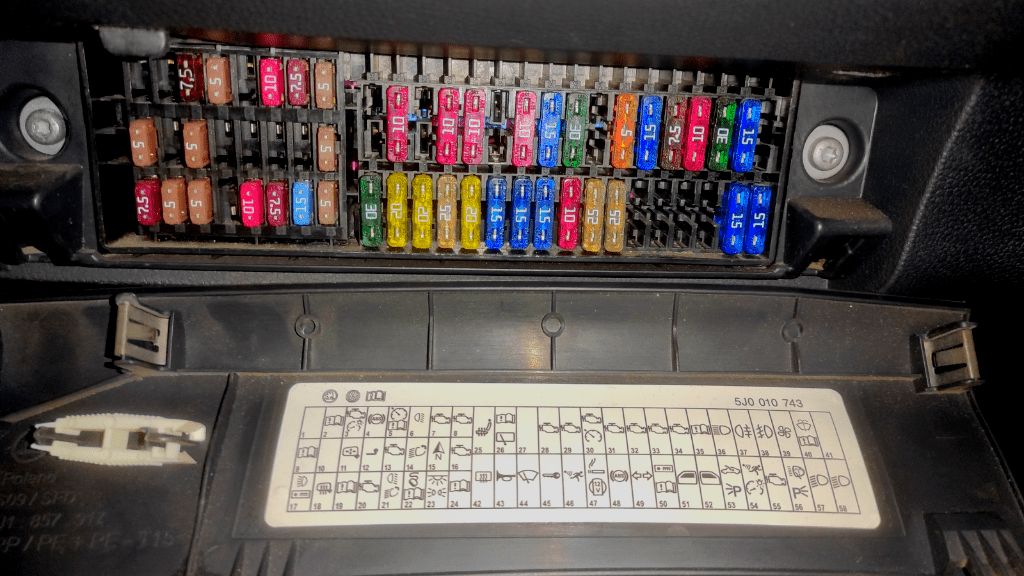
Which fuse controls the speedometer
The speedometer uses the same fuse as the odometer because they work hand in hand and it's in your car's fuse box. Your fuse box contains several fuses, so to find out the exact fuse for your speedometer and odometer, it's best to look at or refer to your vehicle's owner's manual.
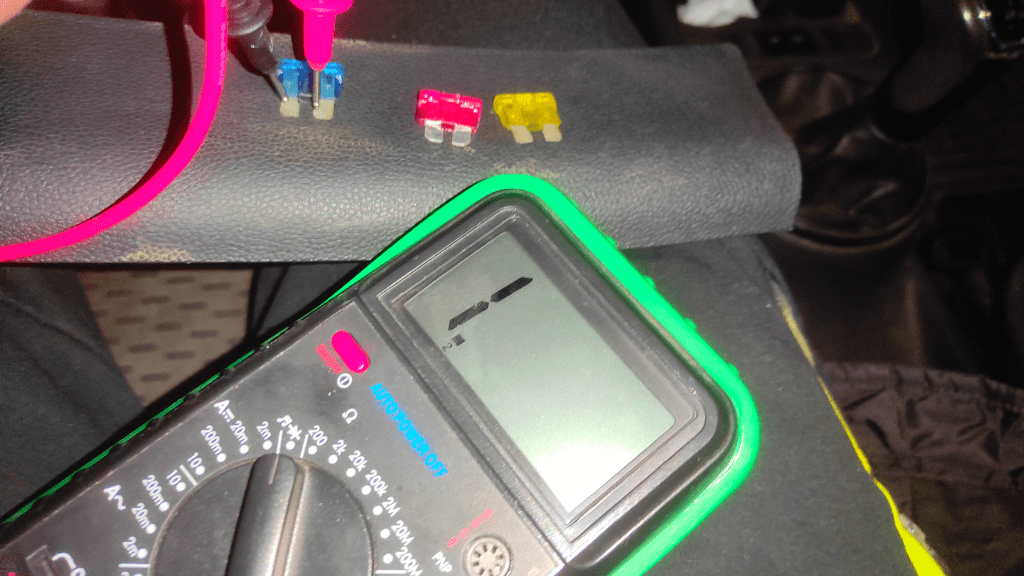
There are usually two fuse boxes in your car; one under the engine hood and the other under the dashboard (or behind the panel next to the door on the driver's side).
For tools in your car, the focus should be on the box under the dash or next to the driver's door.
The exact fuse used by the speedometer is the dashboard fuse.
The dashboard is a group of sensors on the driver's side of a car, and these sensors further include, among others, an odometer, a tachometer, an oil pressure sensor, and a fuel gauge.
While these instrument cluster fuses are usually found anywhere along the left side of the fuse box, as previously stated, it's best to look or consult your vehicle's owner's manual to be sure.
The fuse simply protects your car's appliances from overcurrent.
The speedometer and odometer, among other gauges, use the same number of voltage and current ratings to function properly.
Since there will be no complications, to save space in the fuse box, they are assigned the same fuse.
When excess current is supplied to or consumed by the meters, the fuse blows and completely cuts off their power.
This means that since the speedometer and odometer use the same fuse, when both stop working at the same time, you have an idea that the fuse may have blown or failed.
Checking the speedometer fuse
After you check your car's owner's manual and find the exact fuse that controls the speedometer, odometer, or instrument cluster, the first thing you do is diagnose it to make sure it's still working.
This gives you an idea of whether the problem is with the fuse before spending money on buying another fuse to replace it.
This diagnostic includes both visual inspections and checking the fuse with a multimeter.
- Visual inspection
With a visual inspection, you are trying to check if the fuse link has broken. The link is the metal that connects both blades of an automotive fuse.
Because automotive fuses usually have some level of transparency, you might want to try looking through the plastic case to see if there is a break in the link.
If the housing looks hazy or has dark spots, the fuse may have blown.
Also, if the case is not transparent, dark spots on its outer parts indicate that the fuse has blown and needs to be replaced.
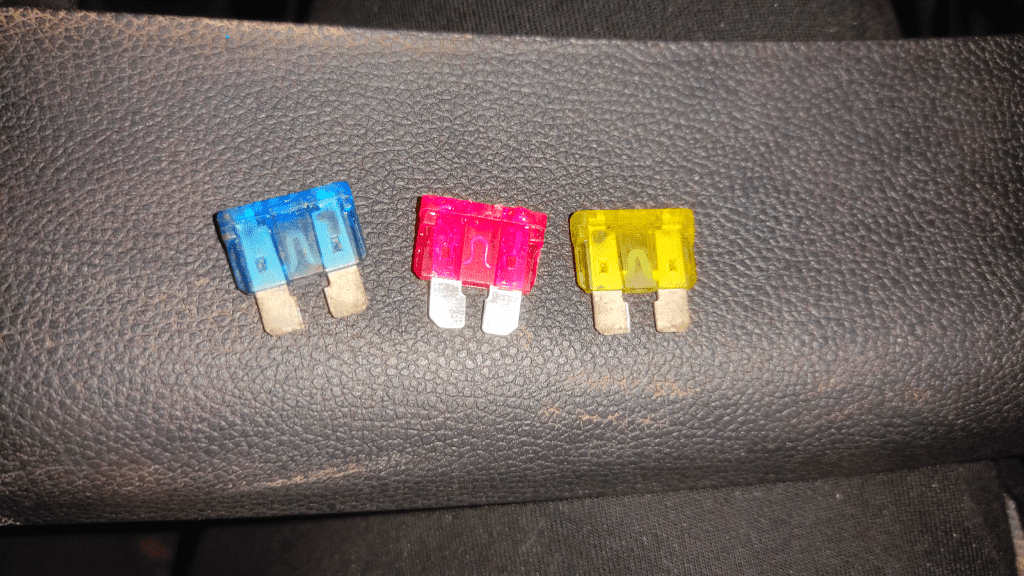
- Diagnostics with a multimeter
However, regardless of all this visual inspection, the best way to determine if a fuse is working is to use a multimeter to test for continuity.
You set the multimeter to either continuity or resistance mode, place the multimeter probes on both ends of the blade, and wait for the beep.
If you do not hear a beep or the multimeter reads "OL", the fuse is blown and needs to be replaced.
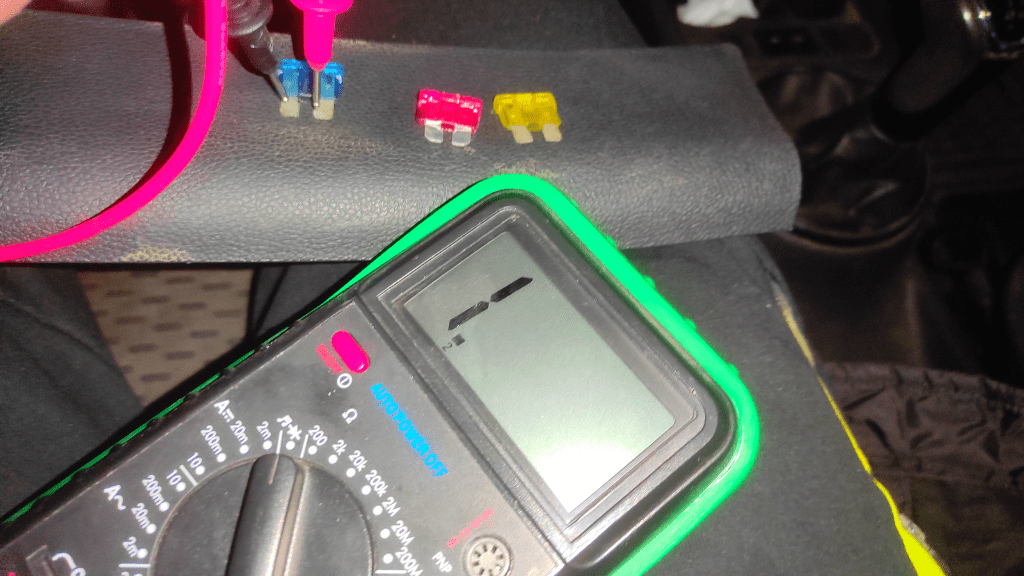
Speedometer fuse replacement
Once you have determined that the fuse is the root cause of your problem, you simply replace it with a new one and see if all the sensors on the cluster are working properly.
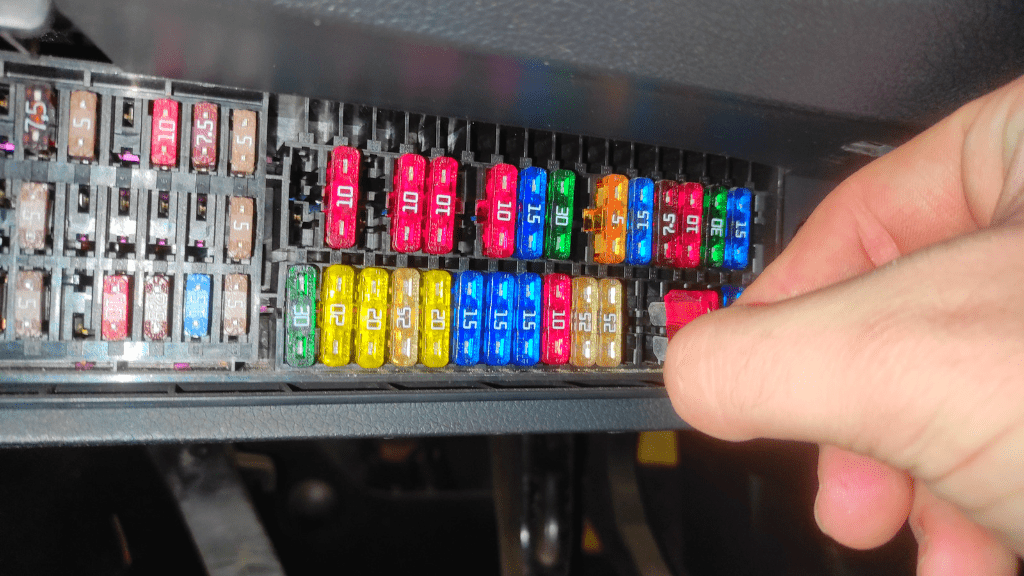
However, be careful when making this substitution. The fuse current and voltage are directly related to the sensor rating.
What we mean here is that if you use a replacement that is not compatible with the current and voltage rating of your pressure gauge, it will not perform its function and may damage the pressure gauge itself.
When you want to buy a replacement, you must make sure that the replacement has the same current and voltage rating as the old fuse.
This way you can be sure that you have installed the correct replacement to protect your sensors in the cluster.
What if your diagnosis shows that the old fuse is still in good condition or the sensor is still not working after installing the new fuse?
Diagnosis if the speedometer fuse is good
If the fuse is in good condition, you usually have two scenarios; you may have just the speedometer not working properly or the whole cluster not working.
In case only your sensor is not working, your problem is usually with the baud rate sensor or with the cluster.
Baud rate sensor issue
The transmission speed sensor, also called the vehicle speed sensor (VSS), is located on the bell housing and transmits an analog electrical signal to the speedometer via the instrument panel.
This signal is given through a tiny button that connects to the rear differential with a two or three wire plug.
However, VSS interacts with sensors not only through the cluster. When performing its function, it also sends signals to the powertrain control module, which controls the transmission or gearbox shift points.
This means that if, along with the faulty sensor, you are also having problems switching between different gear levels, your VSS is probably the cause of your problem.
One thing you can do is check the VSS cables to see if there is a break in the wiring.
If there is a problem with the wiring, you can change the wires and see if the unit works.
Make sure you change the VSS wiring at any point where you find cable damage, as this can cause the fuse to stop working in the future due to a short or ground problem.
Unfortunately, if there is a problem with VSS itself, the only solution is to completely replace it.
Problem coming from instrument cluster
Another reason your sensor is not working is because the cluster has problems. At this point, you know your fuse and VSS are fine and the cluster is your next point of reference.
The signals transmitted by the VSS enter the cluster before being sent to the sensor. If the VSS and cables are in good condition, the cluster may be the problem.
Some symptoms you can use to diagnose if the instrument cluster is causing your sensor problem include:
- The light of other devices dims
- Appliances flicker
- Inaccurate or unreliable readings of the speedometer and other instruments
- All gauges drop to zero while you're driving
- Check Engine light comes on intermittently or constantly
If you have some or all of these problems, you may need to have your instrument cluster repaired.
Sometimes this repair may involve wiring the cluster, or simply cleaning the device of junk.
However, you may be forced to replace the instrument cluster. This should be your last resort as it can be expensive, up to $500 or more for some vehicles.
Problems with PCM
Remember that VSS also works with the powertrain control module (PCM) to perform its function when shifting gears.
The PCM serves as the vehicle's electronic activity center and the vehicle's computational brain.
When this PCM is not working properly, you would expect your vehicle's electronic components to perform poorly, including the speedometer, instrument cluster, and VSS, among others. Some of the main symptoms of a malfunctioning PCM include:
- Engine warning lights come on
- engine misfires,
- Weak tire management and
- Problems with starting the car, including.
If you have these symptoms accompanying your sensors malfunctioning, you have an idea that your PCM might be the problem.
Luckily, we have a complete guide to testing a PCM component with a multimeter so you can check if it is the source or not.
You may need to replace the PCM wires or the entire PCM to fix the problem.
Can the speedometer work even if the fuse is blown?
In some vehicles, a blown fuse will not stop the speedometer from working. This is seen in very old cars where the whole system is mechanical.
Here the meter is directly connected to the wheel or gear output via a rotating mechanical wire.
Can the speedometer not work because of the fuse?
Yes, a blown fuse can cause the speedometer to stop working. The speedometer fuse is located in the fuse box and controls power to both the speedometer and odometer.
Does the speedometer have its own fuse?
No, the speedometer does not have its own fuse. Your vehicle's speedometer and odometer are powered by the same fuse located in the fuse box.

